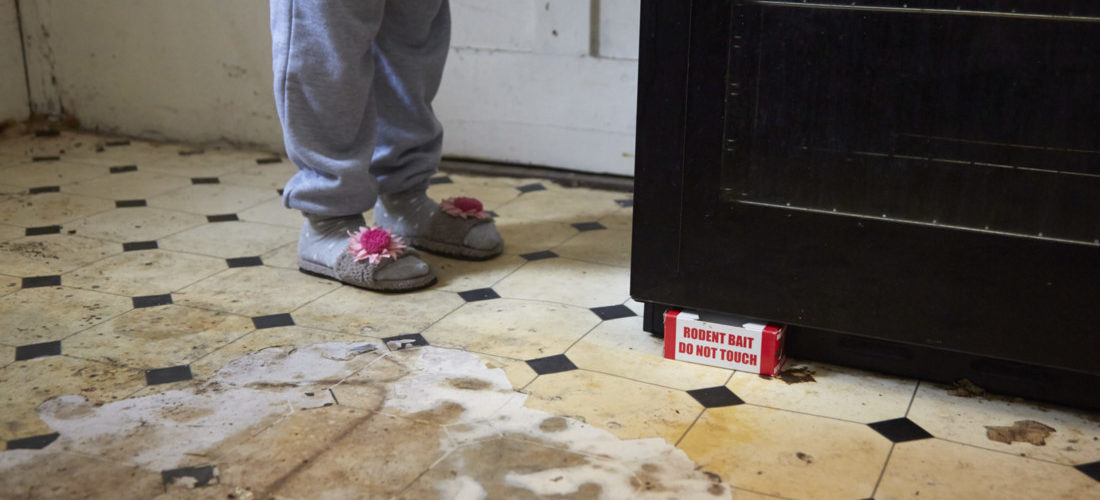You’ve found the perfect location, it’s a shame the property is riddled with damp, mould and mice, among other issues. Here’s a few of your experiences you wish you’d never had:
“Our bathroom was so damp, it was overrun with slugs! My landlord refused to acknowledge the problem or do anything about it.”
“There was mould all up the walls of my bedroom, and up my wardrobe. My clothes ended up covered in the stuff. I felt so dirty.”
“We had a horrendous moth infestation in our kitchen. They’d get in all the cupboards and contaminated so much food. It was disgusting. I had to move out it was so bad.”
“The washing machine from the flat upstairs leaked. The water poured down our walls, and the mould from this led to the wallpaper literally peeling off our walls.”
“I once rented a flat with a leak behind the shower – very close to the electrics. I didn’t realise until I was moving out that I risked death every time I showered.”
“My flat at uni was riddled with mice. I remember one mouse that used to sit on the arm of the sofa and watch TV with us! I didn’t think twice about it at the time. The thought of it now makes me feel sick.”
“We rent a rural property that is riddled with damp. The heating doesn’t work either. We struggle every winter to keep the house warm. I worry about the affect this is having on my kids.”
No one should have to live in a home that’s deemed as unsanitary or unsafe. That’s why it’s crucial to know your rights as a renter.
Your landlord must make sure your home reaches a standard level of repair called the ‘repairing standard’. This means the property needs to be wind and watertight, among other things, to be deemed safe for you to live in.
Your home must also meet a basic level of repair called the ‘tolerable standard’. This means that your home isn’t safe to live in if, for example, it has inadequate ventilation and an outdoor toilet.
Any issues that do arise should be reported to your landlord as soon as possible.


